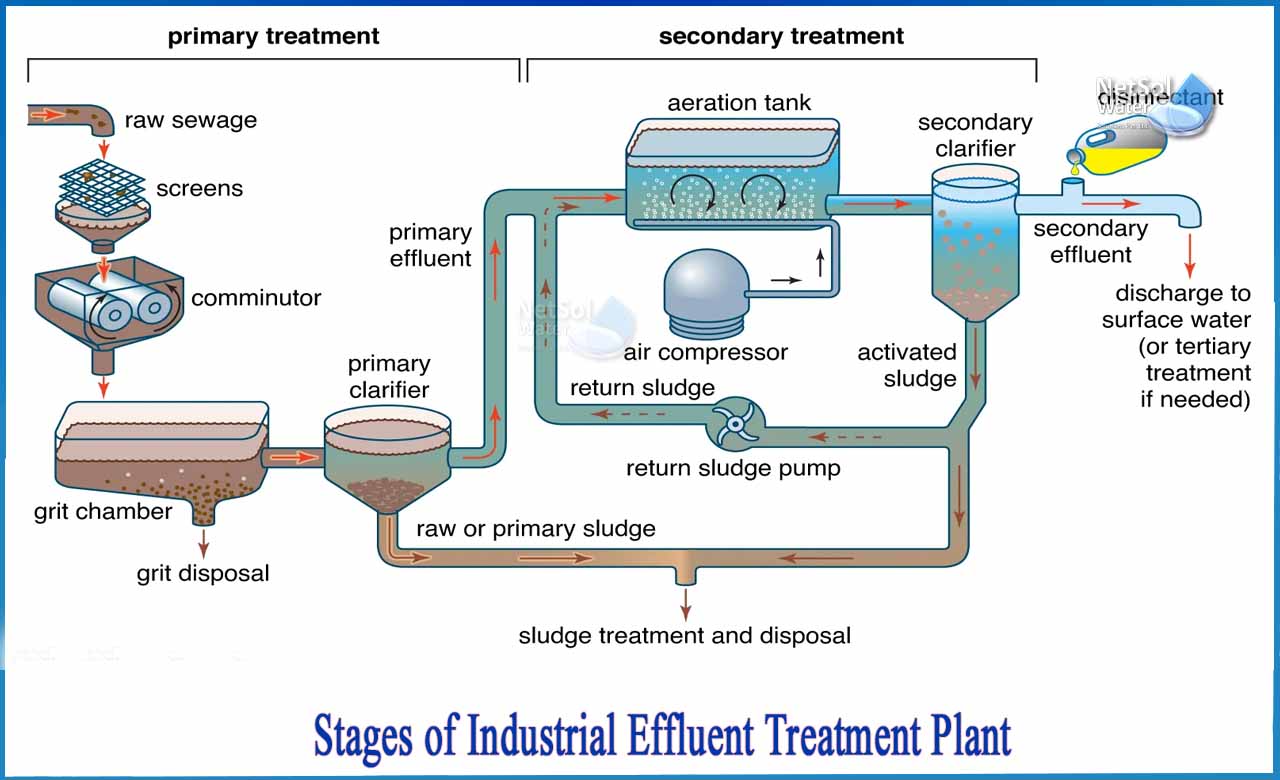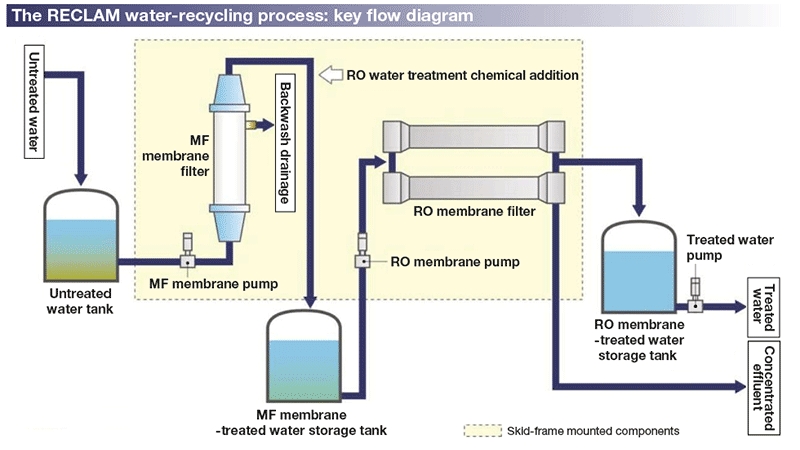Industrial Waste Water Treatment-- Tailored Solutions for Effective Wastewater Treatment
Industrial Waste Water Treatment-- Tailored Solutions for Effective Wastewater Treatment
Blog Article
Innovations and Developments in Industrial Waste Water Therapy Technologies
The landscape of industrial wastewater therapy is undergoing a transformative change, driven by innovations that boost both efficiency and sustainability. Arising technologies, such as membrane bioreactors and microbial gas cells, are redefining pollutant elimination processes while contributing to power generation. Additionally, source recovery techniques are gaining traction, straightening with circular economic climate concepts. As regulatory standards progress, the assimilation of AI and artificial intelligence right into wastewater management systems guarantees to enhance procedures and guarantee compliance. The full ramifications of these innovations elevate critical questions regarding their scalability and long-lasting effect on market methods.
Overview of Drainage Therapy Technologies
Wastewater therapy innovations encompass a range of approaches made to eliminate pollutants from industrial effluents prior to their launch right into the atmosphere. These technologies are critical for keeping environmental balance and guaranteeing conformity with environmental regulations. The key classifications of wastewater treatment consist of physical, chemical, and biological methods, each offering unique objectives based upon the nature of the contaminants existing.

Biological treatment approaches use microorganisms to deteriorate raw material, making them specifically effective for organic-rich effluents. Techniques like triggered sludge and biofilm activators harness the all-natural destruction capacities of bacteria, leading to significant reductions in biochemical oxygen demand (BODY)
Advanced Filtering Methods
Advanced purification strategies stand for a crucial evolution in the realm of industrial wastewater treatment, enhancing the efficiency of contaminant removal processes. Industrial Waste Water Treatment. These methods incorporate a series of modern technologies, consisting of microfiltration, ultrafiltration, nanofiltration, and turn around osmosis, which give consecutive obstacles for different bit sizes and chemical structures
Microfiltration and ultrafiltration utilize membrane layer systems to get rid of put on hold solids, germs, and larger organic molecules, boosting the top quality of effluent before additional treatment. Nanofiltration bridges the void in between ultrafiltration and reverse osmosis, efficiently removing divalent ions and organic substances, thus lowering the lots on downstream processes.
Reverse osmosis offers the highest degree of purification by allowing only water and tiny particles to travel through its semi-permeable membrane layers, making it optimal for recovering top quality water from industrial effluents. Current developments in membrane modern technology, including the development of even more fouling-resistant and durable products, have significantly enhanced operational performance and decreased prices.
Integrating these advanced purification techniques not just enhances the total treatment procedure but additionally contributes to sustainability initiatives by enabling water reuse and source recovery in commercial setups. (Industrial Waste Water Treatment)
Biological Therapy Developments

Additionally, the development of crafted biological systems, such as membrane layer bioreactors (MBRs), integrates biological therapy with sophisticated membrane layer filtering. This integration permits for higher effluent top quality and minimized footprint, making it ideal for space-constrained industrial centers. Developments in genetically crafted bacteria have actually also arised, enhancing the biodegradation of details pollutants, such as drugs and heavy steels, that are typically testing to remove.
In addition, the implementation of bioaugmentation methods, where advantageous germs are introduced to improve the existing organic treatment procedures, has actually revealed appealing cause improving treatment efficiency. These innovations collectively indicate a trend in the direction of even more reliable and lasting biological treatment techniques that can adapt to the developing intricacies of commercial wastewater streams. As industries continue to focus on ecological conformity, these biological developments will certainly play an essential role in wastewater administration.

Source Recovery Approaches
In industrial setups, the combination of resource recuperation methods has actually ended up being increasingly essential for improving sustainability and decreasing waste. These techniques concentrate on drawing out valuable products and energy from wastewater streams, consequently transforming prospective pollutants right into reusable resources.
One prominent technique is nutrient healing, where nitrogen and phosphorus, often present over in wastewater, are captured and transformed right into fertilizers. This not just reduces environmental influences but likewise provides a circular economic situation solution for agricultural applications. In addition, technologies such as anaerobic digestion enable the conversion of organic waste into biogas, a renewable resource source that can balance out fossil gas use in industrial procedures.
Furthermore, advanced filtration and membrane innovations facilitate the healing of commercial by-products such as salts and steels. These recovered materials can be rehabilitated into production processes, minimizing the requirement for virgin sources.
Future Patterns in Waste Water Monitoring
As sectors significantly prioritize sustainability, the future of wastewater management is readied to go through considerable makeovers. Technical innovations, such as expert system and artificial intelligence, will allow a lot more effective tracking and administration of wastewater systems. These modern technologies can forecast upkeep requirements, enhance treatment processes, and enhance decision-making, ultimately reducing operational prices and ecological influence.
In addition, the assimilation of round economic climate concepts will play an important role in wastewater management. Industries are anticipated to change in the direction of systems that not only treat wastewater yet additionally recuperate important resources, such as nutrients, water, and power. This shift will minimize waste and advertise the reuse of products, aligning with global sustainability objectives.
Emerging treatment strategies, such as membrane layer bioreactors and advanced oxidation procedures, will certainly better boost the performance of wastewater treatment, enabling better effluents suitable for reuse. In addition, regulative frameworks are most likely to evolve, stressing stricter standards for wastewater discharge and motivating industries to take on ingenious therapy options.
Conclusion
In verdict, the development of commercial wastewater treatment modern technologies demonstrates a substantial shift in the direction of improved performance and sustainability. Developments her response in innovative filtering strategies, biological therapies, and resource healing approaches highlight the market's dedication to environmental stewardship. The combination of artificial intelligence and artificial intelligence better optimizes these procedures, making certain regulatory conformity and advertising a circular economic climate. Proceeded advancements in these areas will certainly play a crucial function fit the future of wastewater management and safeguarding crucial water sources.
The landscape of commercial wastewater therapy is undertaking a transformative change, driven by technologies that enhance both efficiency and sustainability.Wastewater treatment technologies click reference encompass a range of methods created to eliminate pollutants from commercial effluents before their release into the atmosphere.Utilizing the power of biological processes has led to significant innovations in the treatment of commercial wastewater.In addition, the execution of bioaugmentation approaches, where valuable germs are presented to improve the existing biological treatment procedures, has actually revealed appealing results in improving therapy efficiency. These advancements collectively represent a trend in go to website the direction of more sustainable and efficient biological treatment techniques that can adjust to the progressing complexities of industrial wastewater streams.
Report this page